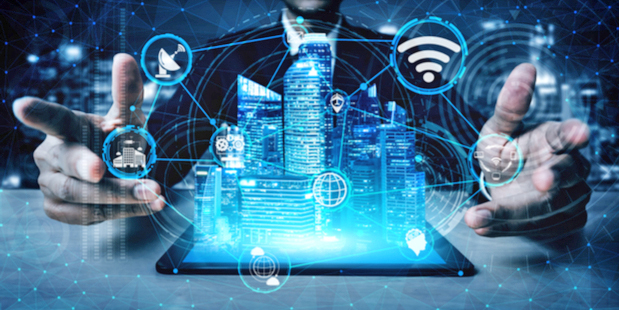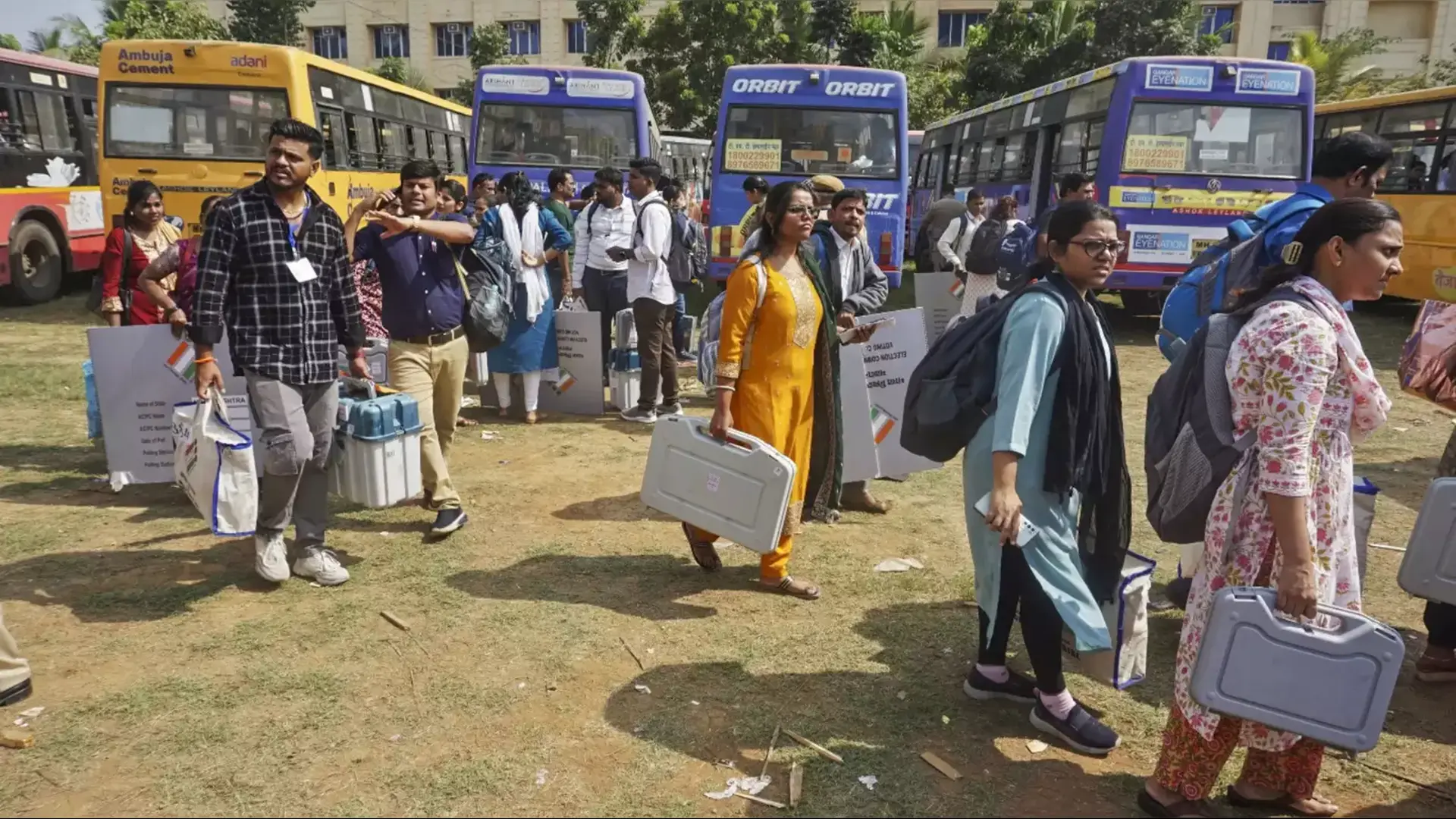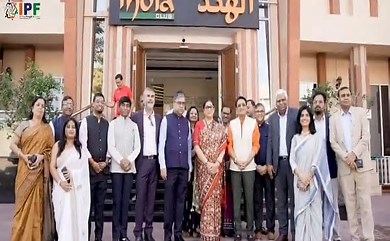
As the sun rises on a new digital horizon, Web 3.0 emerges as the beacon of hope for the future of education. This isn’t just another technological advancement; it’s a transformative force set to reshape the educational landscape in India and beyond. Let’s embark on a journey to understand the profound impact of Web 3.0 on education.
A New Age of Democratization in Education
The essence of Web 3.0 is its decentralized nature. Think of it as a vast ocean of knowledge where there are no gatekeepers. Everyone, irrespective of their socio-economic or geographical background, has an equal right to dive in and explore its depths. This democratization is crucial for a country as diverse as India, ensuring that every individual, from the bustling streets of Mumbai to the serene villages of Assam, has access to quality education.
The Global Classroom: Boundaries No More
Web 3.0 is like a magic carpet, transporting students to a world where boundaries fade away. Imagine a young girl from a remote village in Rajasthan collaborating on a project with a student in New York. This interconnected global classroom fosters creativity, innovation, and cross-cultural understanding, preparing students for a globalized world.
Infrastructure: The Digital Revolution
For years, India’s educational growth was stymied by infrastructural challenges. But with Web 3.0, physical infrastructure takes a backseat. The focus shifts to creating robust digital platforms that offer seamless access to educational resources. Moreover, the integration of blockchain ensures the credibility of online certifications, addressing the rampant issue of fake degrees.
Immersive Learning: Making Education an Experience
Remember the days when learning was restricted to monotonous lectures and bulky textbooks? Web 3.0 is set to revolutionize this. With technologies like augmented reality (AR) and virtual reality (VR), learning becomes an immersive experience. Whether it’s exploring the ruins of ancient civilizations or diving deep into the human cell, education becomes a thrilling adventure.
Assessments: Fair, Transparent, and Credible
The traditional examination system, with its emphasis on rote learning, has often been criticized. Web 3.0 introduces a paradigm shift. With blockchain technology, assessments become transparent and tamper-proof. This not only ensures fairness but also enhances the credibility of the evaluation process.
Bridging the Language Divide
One of the most commendable aspects of Web 3.0 is its potential to make education linguistically inclusive. No longer will students be forced to adapt to English. Web 3.0 platforms can offer resources in multiple languages, ensuring that every student can learn in the language they’re most comfortable with.
The Role of AI and Machine Learning
Web 3.0, combined with artificial intelligence (AI) and machine learning, can offer personalized learning experiences. By analyzing a student’s strengths, weaknesses, and learning patterns, AI can curate customized educational content, ensuring optimal learning outcomes.
Preparing for the Future: Skill Development
In the rapidly evolving job market, skill development becomes paramount. Web 3.0 platforms can offer courses tailored to the demands of the industry, ensuring that students are well-equipped to navigate the challenges of the future.
Conclusion
Web 3.0 is not just a fleeting trend; it’s the cornerstone of the future of education. It promises a world where education is accessible, engaging, and tailored to individual needs. As we stand on the cusp of this new era, it’s time to embrace the change and harness the limitless potential of Web 3.0.















